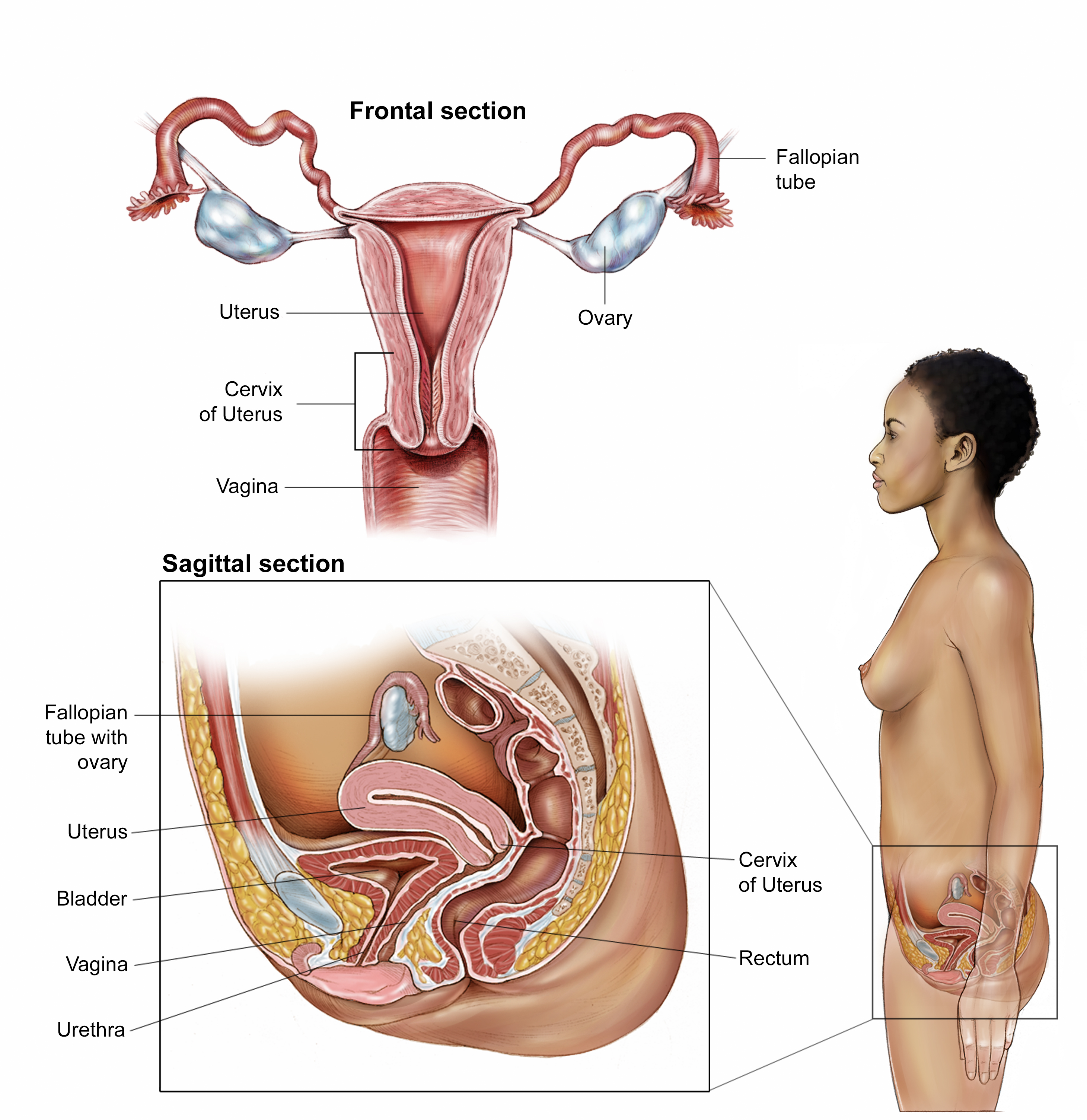Gestational Trophoblastic Disease - Survivorship
ON THIS PAGE: You will read about how to cope with challenges in everyday life after a diagnosis of gestational trophoblastic disease (GTD). Use the menu to see other pages.
What is survivorship?
The word “survivorship” is complicated because it means different things to different people. Common definitions include:
-
Having no signs of disease after finishing treatment.

